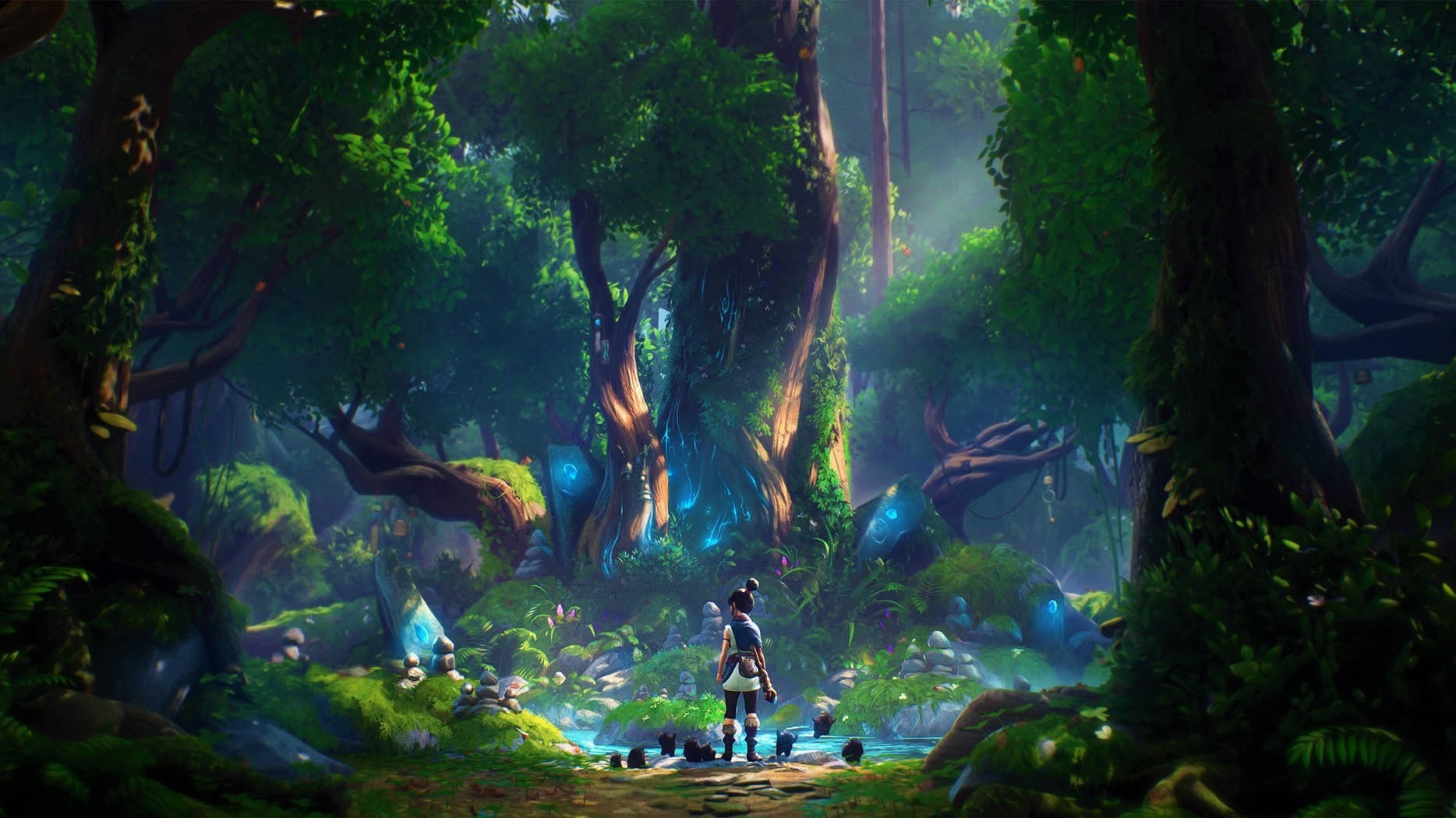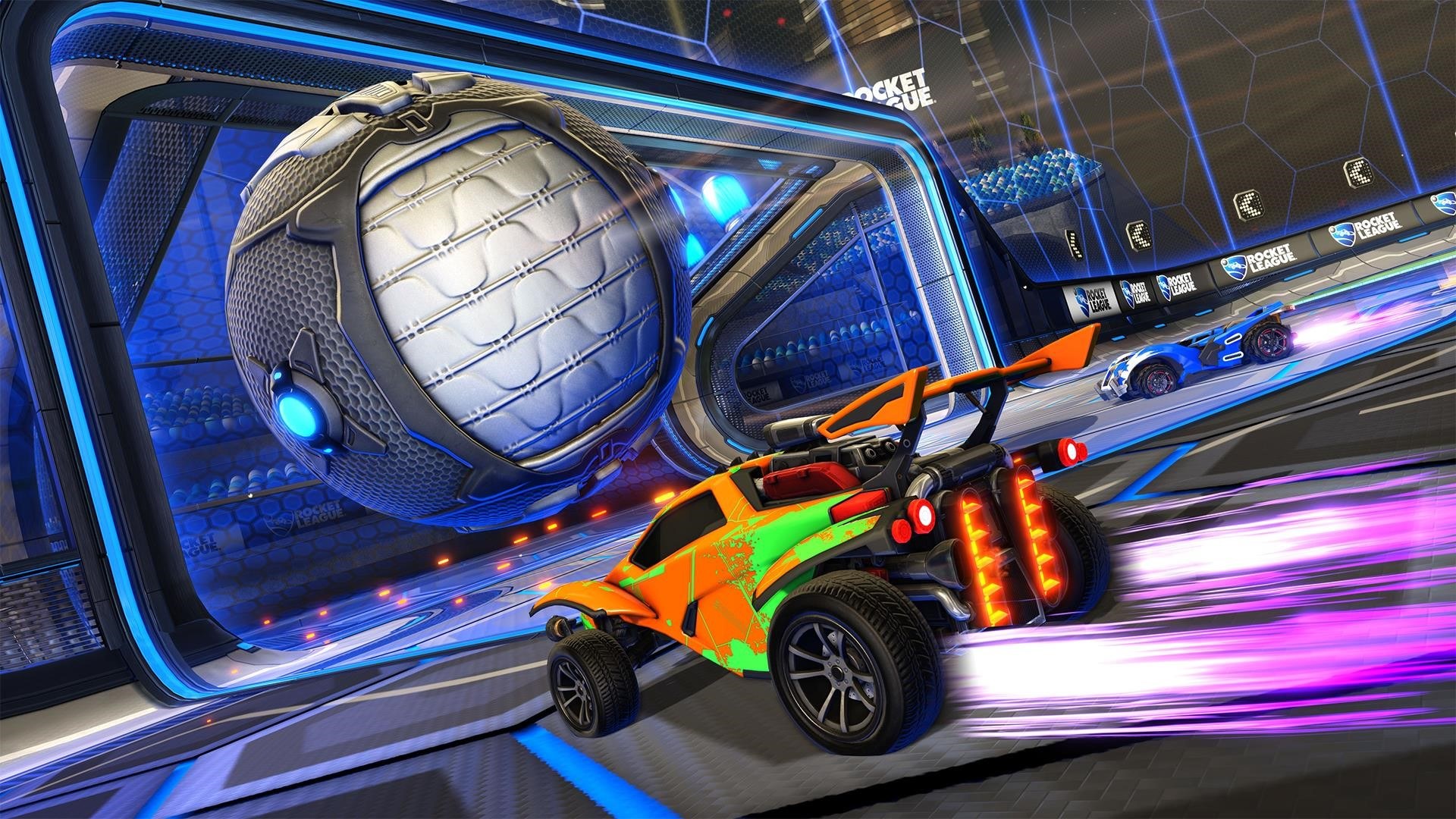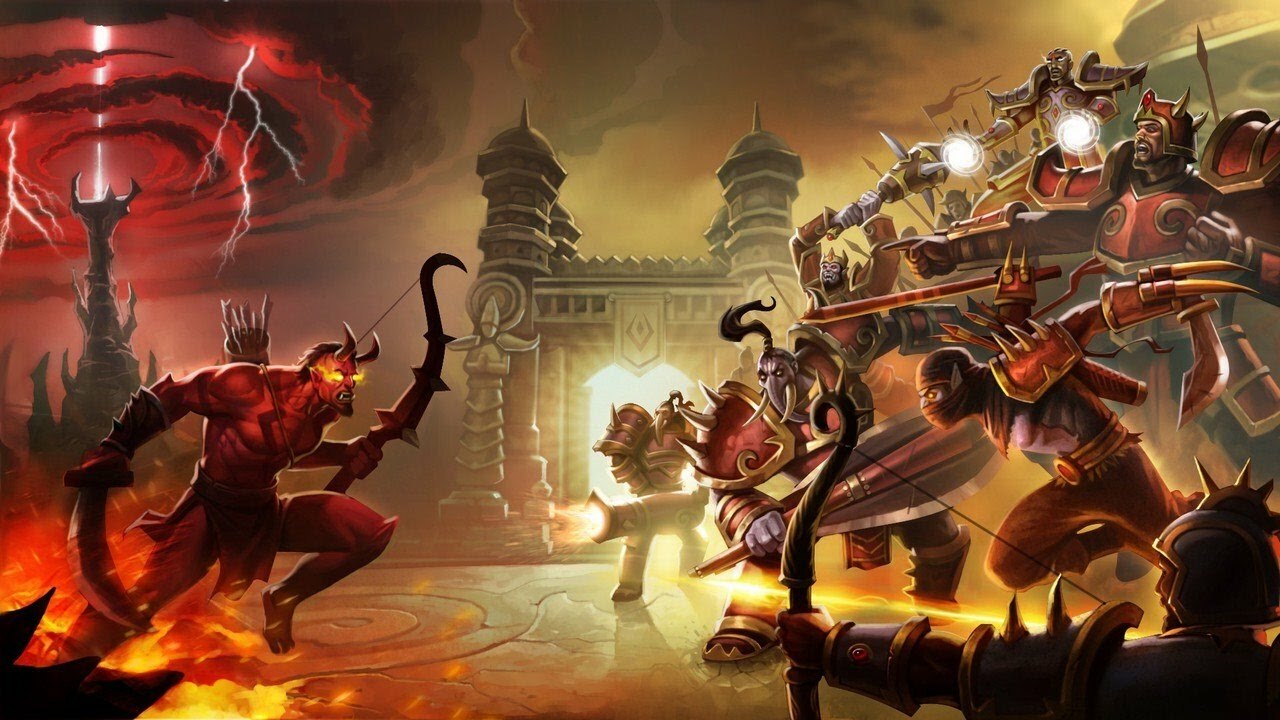Why are fewer gamers buying new titles? A major industry shift is happening right now.

That new indie game or rather that Fortnite skin? Or would you rather open up a new FIFA pack? The gaming industry is undergoing a major shift, and it’s changing how players spend their money. Live-service titles like Fortnite and GTA Online dominate playtime, leaving traditional game sales in decline. In fact, nearly a third of gamers said they wouldn't buy a single new game this year. What’s driving this trend, and what does it mean for developers and publishers? Here’s everything you need to know about the industry’s next big transformation.
Changing Gaming Purchases
The gaming industry is facing a significant shift in how players purchase games, with nearly 30% of gamers expected to buy no new games in 2025. This change is largely attributed to the dominance of live-service games, which are consuming most of players' time. Titles like Fortnite, GTA Online, and Roblox now take up approximately 40% of players’ total gaming hours. As a result, the demand for new, stand-alone releases has dropped, and fewer players are willing to purchase new titles on a regular basis.
According to Video Game Industry Analyst Mat Piscatella, nearly 70% of players spend time at least once a month with one of the ten most popular live-service games. This trend contrasts with previous years when gamers moved from one major release to the next. The shift towards live-service games is impacting how players allocate their time and money, and it shows a clear trend of fewer game purchases overall.
Consequences for Developers and Publishers
This shift in player behavior is putting significant pressure on developers and publishers. Companies that once relied on frequent game releases now face a shrinking target audience, as many players stick to live-service games instead of seeking new ones. Piscatella highlights that traditional publishers are struggling, with only 16% of players regularly purchasing new titles. Indie games are experiencing a mixed impact. While their visibility has grown through digital platforms, breaking through the competitive market remains difficult. However, when indie games succeed, the impact is substantial, with some titles managing to capture large audiences.
So, we can't exactly blame gamers for not buying new games because they don't have the money, can we? Well, not entirely. The numbers speak for themselves. In 2024, EA made 75% of their total income thanks to microtransactions, and this is far from a new trend. FIFA 21 Ultimate Team alone accounted for 29% of EA’s total revenue that year. In the end, the money is there – it's just that people would rather gamble it away on the astronomically small chance of seeing a Pelé walk out, instead of spending it on that fun indie game. Plus, the fact that we are creatures of habit, this industry shift should surprise no one.
Do you prefer playing new games or sticking to improved live-service ones? Let us know in the comments!




























